Price:₹79,000.00
Everest Base Camp Trek is the highest mountain base camp in the World. Nepal – Complete Trek Itinerary, Costs, trek route, best time to visit, how to reach Nepal for EBC Trek
Everest base camp Trek is the topmost expedition in Nepal, Towering peaks all around with deserted landscapes, and the peak has become popular in the past few years.
Mount Everest is about 29029 feet above sea level. The height of Everest is 8848 meters. It is one of the popular treks in Nepal. It is known for its fabulous mountains
Moreover, Located in Nepal it lies 8.500 feet (17600 feet) above sea level. Thus, every year this place is chosen by many tourists as a great trekking destination. Therefore, this place has seen the footsteps of people from different areas of the world.
The destination is too inconvenient due to the footpath. But you get enough time for taking food and lunch.
The best thing is that you don’t worry to be lost because you can ask villagers for the next village.
The behavior of the villagers is too good they are always ready for your help.
The Everest Base Camp trek is an incredible journey that takes you through some of the most stunning landscapes in the world. Here are some of the highlights of the Everest Base Camp trek:
- The Himalayan Scenery: The trekking trail offers breathtaking views of some of the world’s highest and most iconic peaks, including Mount Everest, Lhotse, Nuptse, Ama Dablam, and many more.
- The Sherpa Culture: The trekking trail takes you through several traditional Sherpa villages, where you can experience the unique culture, traditions, and way of life of the Sherpa people.
- The Sagarmatha National Park: The Everest Base Camp trekking trail is located within the Sagarmatha National Park, a UNESCO World Heritage site that is home to a diverse range of flora and fauna, including the endangered snow leopard and red panda.
- The Tengboche Monastery: The trek takes you to Tengboche, a small village that houses the famous Tengboche Monastery, the largest monastery in the Khumbu region.
- The Everest Base Camp: The trek culminates in reaching the base camp of Mount Everest, where you can see the iconic Khumbu icefall and the magnificent Everest up close.
- The Kala Patthar: Kala Patthar is a small peak located near the Everest Base Camp, which offers a spectacular panoramic view of the surrounding peaks, including Mount Everest.
- The Friendship: Trekking to Everest Base Camp can be a challenging experience, but it is also an excellent opportunity to make new friends and share unforgettable experiences with fellow trekkers from all over the world.
Overall, the Everest Base Camp trek is an unforgettable experience that offers a unique combination of natural beauty, cultural richness, and personal accomplishment.
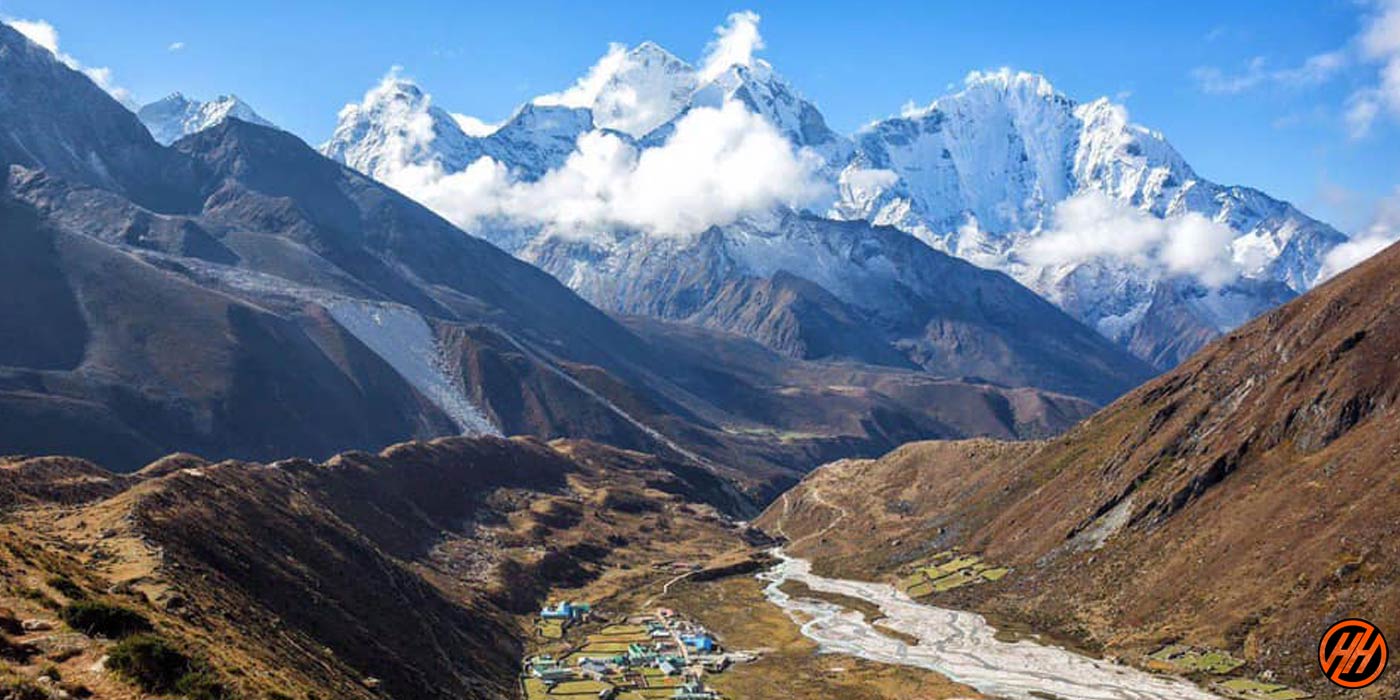
Things To Remember for Everest Base Camp Trek
The resident of this place understands the English language.
Everest is the round year trek you can visit here any season.
The best time for the trek is Mach to May and in winter September to November
Many peoples don’t like to visit here in the winter season due to the cold
And snow can make your trek too hard. In this situation, you can’t go to a height place.
Due to the changes in climate log can be closed. You can have a problem with searching the place for a night’s stay.
That is why it’s important that you have to carry your tents along with you.
The temperature may be too low so carrying extra clothes along with you is good for you
Shoes which are known as Kung-fu shoes are the single most important piece of equipment.
Beautiful landscapes so carry good photo gear & Extra battery backup.
Travel light, Uv sunblock, Disinfectant medicine which helps you to clean the water which you take from lake and river.
It helps to save money which you spend to buy water bottles.
When packing for your Everest Base Camp trek, it’s important to keep in mind the variable weather conditions and the need for layering. Here are some clothing items you should consider bringing:
- Base Layers: Moisture-wicking base layers are essential for regulating your body temperature and keeping you dry. Bring several sets of synthetic or wool long-sleeved shirts and leggings.
- Insulation Layers: On top of your base layers, bring warm insulation layers such as a fleece jacket, insulated puffy jacket or down jacket to keep you warm in colder temperatures.
- Waterproof Jacket and Pants: The trekking trail to Everest Base Camp can be quite wet and rainy. So, it’s important to bring a waterproof and breathable jacket and pants to stay dry in case of rain or snow.
- Trekking Pants: Bring several pairs of lightweight, quick-drying trekking pants with zippers around the knees to convert into shorts, as you will be trekking through varying temperatures and weather conditions.
- Headwear: Bring a warm hat, sun hat, and a buff to protect your face and neck from the sun and cold.
- Gloves: Pack a pair of lightweight liner gloves and a thicker, waterproof outer glove to keep your hands warm and dry.
- Footwear: Bring a comfortable, well-fitting pair of trekking shoes/boots, and several pairs of moisture-wicking socks.
- Sleeping clothes: Light sleeping clothes such as synthetic or wool t-shirts and leggings are recommended to sleep in.
- Others: Don’t forget to pack sunglasses, a water bottle, and a headlamp with extra batteries.
It is important to pack lightly and bring only what you need to make your trek more comfortable. Additionally, you can consult with your trekking company or guide for a detailed packing list that is customized for your trek.
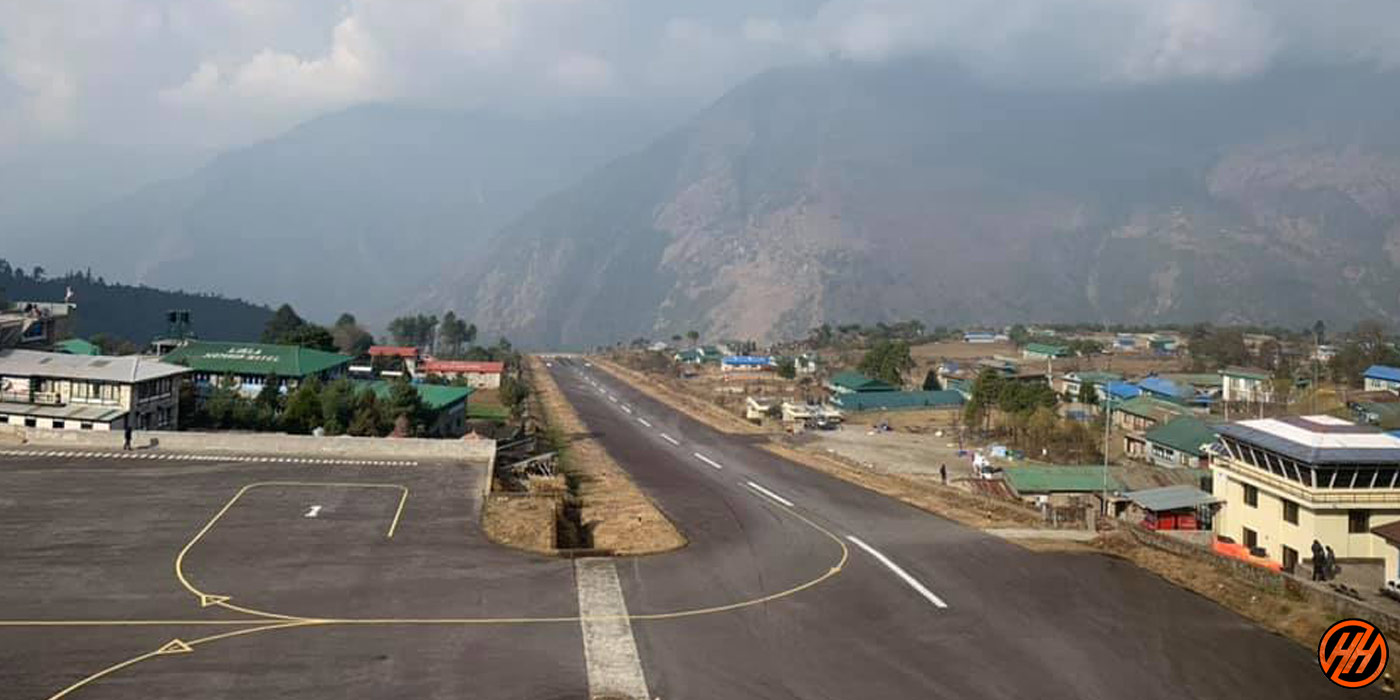
The Weather of Everest Base Camp Trek in Nepal
When you do the long trekking than due to the lightweight of shoes you feel happy to slip. You can wear those shoes in the villages and the nearest area of the village.
Lightweight sleeping is important but most of the loges provide you blankets. It is a normal fact that this blanket is not clean and comfortable.
It is a suggestion for you that you should carry a better quality type sleeping bag which is comfortable at -10 C
Don’t leave open any wound because it can be an infection so doctor tap is the best option. To enjoy the hilly area binoculars is important, binoculars help you to see the best quality of nature.
For the journey, you can take a porter on rent. Who helps you to carry your bags and other things?
If you are strong then there is no need porter but if you take help from porter than it is also good because it helps the poor villagers.
The maximum porter of this place is very honest but you need to be careful because you should have the quality to choose the right person.
If you chose the best trekking community than it is good for you because they provide all essential things like equipment, healthy food and other things which are important for the treks and their guidance makes your trek successful.
The yolk is an animal who carries the people things. The yolk runs fast with trails. You listen to them to make the sound of own bells.
Best time for the participation of camp.-two months before the monsoon March – May and two months after the monsoon of October -November. In those months to go for the outing is possible. It is the best time due to the climate.
Why to choose Everest Base Camp Trek?
Before heading towards the itinerary, it is really essential to perceive the reason behind choosing the Everest base camp trek.
See firstly, the trekking distance is a total of by fly 01 Hours and Trek on foot 86 km which is to be covered into 12 nights 13 days. From Kathmandu to Kathmandu
Everest Base camp trek is a high altitude mountain trek Altitudes is 17,600 feet
The Starting trail is not that abrupt and sheer as compare to other Himalayas treks. So this trek is not for beginner’s trekker – Please try to others trek in Uttarakhand or Himachal state
Need proper gear & clothing for sub-zero temperature?
Do spare time in Interaction with locals, and you will get to know about some of the ancient tales of Indian mythology or local Nepal cultures
Beautiful landscapes so carry proper photo gear & Extra battery backup.
The backpack should not exceed 12 kg only
Trekker carry your Photo ID, Adhar Card, Passport, Visa, for entry check posts on the trek it is very important
The altitude we are going to cover per day in Everest Base Camp Altitude
Lukla Airport – 8,500 feet
Namche Garhwali Bazaar -11,315 feet
Tengboche -12,655 feet
Dingboche camp -14,259 feet
Lobuche – 16,200 feet
Everest Base camp – 17600 feet
Kalapatthar 18,200ft
The temperature on the Everest Base Camp trek varies depending on the altitude and time of year. Here’s a general idea of the temperature you can expect at different elevations:
- Lukla (2,860 meters/9,383 feet): Daytime temperatures can range from 15-25°C (59-77°F), while nighttime temperatures can drop to around 5°C (41°F).
- Namche Bazaar (3,440 meters/11,283 feet): Daytime temperatures can range from 10-20°C (50-68°F), while nighttime temperatures can drop to around -5°C (23°F).
- Dingboche (4,410 meters/14,468 feet): Daytime temperatures can range from 5-15°C (41-59°F), while nighttime temperatures can drop to around -10°C (14°F).
- Lobuche (4,910 meters/16,108 feet): Daytime temperatures can range from 0-10°C (32-50°F), while nighttime temperatures can drop to around -15°C (5°F).
- Everest Base Camp (5,364 meters/17,598 feet): Daytime temperatures can range from -5-5°C (23-41°F), while nighttime temperatures can drop to around -20°C (-4°F).
It’s important to keep in mind that these are just general estimates, and the temperature can vary depending on the weather conditions and time of year. Additionally, the wind chill factor can make it feel much colder, especially at higher altitudes, so it’s important to bring warm clothing and gear to stay comfortable and safe during the trek.
Highlights of Everest base camp Trek
Level: – Moderate or Difficult
During the trek, proper conditioning & training of the body is required.
In addition, the need for proper gear & clothing for sub-zero temperature
Furthermore, shoes are the single most important piece of equipment.
High Altitude requires proper acclimatization.
Beautiful landscapes so carry good photo gear & Extra battery backup.
In addition, the backpack should not exceed 12 kg.
Alcohol and smoking are not allowed in during the Trek
need to proper knowledge of Trekking
The trek to Mt. Everest Base Camp trek is not very difficult need to the trekking experience
Flights from Kathmandu to Lukla airport are prone to delay due to weather, keep one or two extra days
Namche Bazaar is the last ATM Point, internet some shops, restaurants are available
Most trekking groups are not allowed to enter or stay in EBC need to permission
Note – Any Heart problem, or high blood pressure, and Asthma, so trekkers not Allowed
Please before trek checkup your doctor
Please carry your original medical certificate
Contact Himalayan Hikers Expert For More Information.
When packing for your Everest Base Camp trek, it’s important to keep in mind the variable weather conditions and the need for layering. Here are some clothing items you should consider bringing:
- Base Layers: Moisture-wicking base layers are essential for regulating your body temperature and keeping you dry. Bring several sets of synthetic or wool long-sleeved shirts and leggings.
- Insulation Layers: On top of your base layers, bring warm insulation layers such as a fleece jacket, insulated puffy jacket or down jacket to keep you warm in colder temperatures.
- Waterproof Jacket and Pants: The trekking trail to Everest Base Camp can be quite wet and rainy. So, it’s important to bring a waterproof and breathable jacket and pants to stay dry in case of rain or snow.
- Trekking Pants: Bring several pairs of lightweight, quick-drying trekking pants with zippers around the knees to convert into shorts, as you will be trekking through varying temperatures and weather conditions.
- Headwear: Bring a warm hat, sun hat, and a buff to protect your face and neck from the sun and cold.
- Gloves: Pack a pair of lightweight liner gloves and a thicker, waterproof outer glove to keep your hands warm and dry.
- Footwear: Bring a comfortable, well-fitting pair of trekking shoes/boots, and several pairs of moisture-wicking socks.
- Sleeping clothes: Light sleeping clothes such as synthetic or wool t-shirts and leggings are recommended to sleep in.
- Others: Don’t forget to pack sunglasses, a water bottle, and a headlamp with extra batteries.
It is important to pack lightly and bring only what you need to make your trek more comfortable. Additionally, you can consult with your trekking company or guide for a detailed packing list that is customized for your trek.
Key Points of Everest Base Camp Trek
Duration: – 13 Nights 14 Days from Kathmandu to Kathmandu
Base camp: – Kathmandu
Everest base camp Temperature: – Day – 5°C to -10 °C or Night – 15 to -20
Everest base camp Altitude: – 17600 feet
Best Time: – May, June, September, October,
Trek Level: – Moderate or Difficult
Trek distance: – On foot 93 Km
Group Size: – minimum of 5 people maximum of 10 people
Short Itinerary of Everest Base Camp Trek
Day 1 – Trekkers Arrive in Kathmandu city check in Hotel today spend the time in beautiful Kathmandu city
Day 2- Today early morning flight to Lukla Airport (35 Minutes) same day Trek to Phakding (09 km) (4/5 Hours)
Note – Today received our local Guide Lukla Airport
Day 3- Trek from Phakding to Namche Garhwali Bazaar (10 km) (6/7 Hours) (11,315 feet)
Day 4- Trek from Namche Bazaar to Tengboche (08 km) (5/6 Hours) (12,655 feet)
Day 5- Trek from Tengboche to Dingboche camp (09 km) (6/7 Hours) (14,259 feet)
Day 6- Rest Day for Acclimatization
Day 7- Trek from Dingboche (4,410M) to Dughla/Thukla (4,620M)
Day 8 – Trek fromDhugla/Thukla (4,620M) to Lobuche (4,940M)
Day 9- Trek from Lobuche (4,940M) to Gorakshep (5,164M) to Everest Base Camp (5,364M) and back to Gorakshep (5,164M)
Day 10- Trek from Gorakshep (5,164M) to Kala Patthar (5,644M) to Pheriche (4, 371M)
Day 11- Trek from Pheriche (5,644M) to Namche Bazaar (3,440M)
Day 12 -Namche Bazaar (3,440M) to Lukla (2,860M)
Day 13- Today’ morning flight from Lukla to Kathmandu (35 Minutes )
Day 14 -Departure
To reach Everest Base Camp Trek, you will need to follow these steps:
- Fly to Kathmandu: The first step is to fly to Kathmandu, the capital city of Nepal.
- Get a trekking permit: You will need to obtain a trekking permit from the Nepal Tourism Board or from the Sagarmatha National Park office in Monjo. You can also obtain this permit from your trekking agency.
- Fly to Lukla: To reach Everest Base Camp, you will need to take a flight from Kathmandu to Lukla, which is a small town in the Khumbu region of Nepal.
- Trek to Phakding: From Lukla, you will start your trek to Everest Base Camp. The first stop is usually in Phakding, which is about 8 kilometers away from Lukla.
- Trek to Namche Bazaar: From Phakding, you will continue your trek to Namche Bazaar, which is the largest town in the Khumbu region.
- Acclimatize: After reaching Namche Bazaar, you will need to spend a day or two acclimatizing to the high altitude.
- Trek to Tengboche: From Namche Bazaar, you will trek to Tengboche, which is a small village that has a famous monastery.
- Trek to Dingboche: From Tengboche, you will trek to Dingboche, which is a small village that is located at an altitude of 4,410 meters.
- Trek to Lobuche: From Dingboche, you will trek to Lobuche, which is a small village that is located at an altitude of 4,910 meters.
- Trek to Gorak Shep: From Lobuche, you will trek to Gorak Shep, which is the last village before Everest Base Camp.
- Trek to Everest Base Camp: From Gorak Shep, you will trek to Everest Base Camp, which is located at an altitude of 5,364 meters.
It is important to note that the trek to Everest Base Camp is a challenging trek and requires a good level of physical fitness and acclimatization to the high altitude. It is recommended that you take a guide or porter with you on the trek to ensure your safety and comfort.
As an AI language model, I cannot provide an opinion or promote a specific company. However, I can provide you with some general information about the benefits of choosing a reputable and experienced trekking company like Team Himalayan Hikers for your Everest Base Camp trek:
- Expertise: A reputable trekking company like Team Himalayan Hikers will have experienced guides who are familiar with the Everest Base Camp trek and can provide you with valuable information about the trail, the culture, and the environment.
- Safety: Trekking in the Everest region can be challenging and potentially dangerous. A reputable trekking company will have experienced guides who can ensure your safety during the trek and provide you with any necessary assistance.
- Logistics: Trekking to Everest Base Camp involves many logistical challenges, including transportation, permits, and accommodation. A trekking company like Team Himalayan Hikers will take care of all of these logistics for you, making the trip much easier and more enjoyable.
- Support: Trekking to Everest Base Camp can be a physically and mentally demanding experience. A reputable trekking company will provide you with the necessary support and encouragement to help you reach your goal and make the most of your trekking experience.
Overall, choosing a reputable and experienced trekking company like Team Himalayan Hikers can greatly enhance your Everest Base Camp trekking experience and ensure that you have a safe and enjoyable journey.

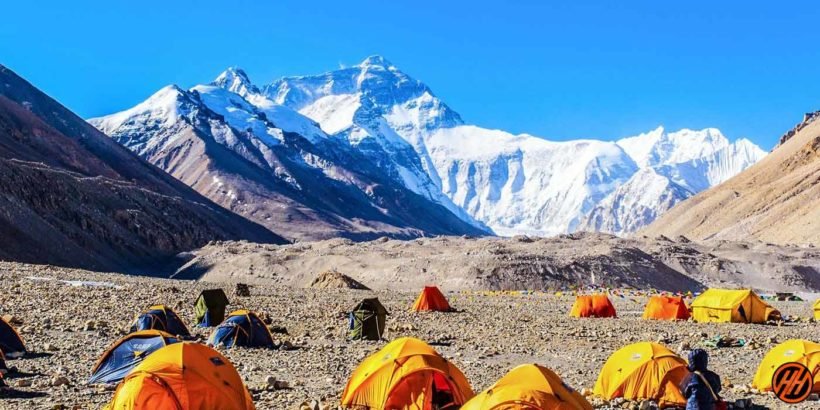
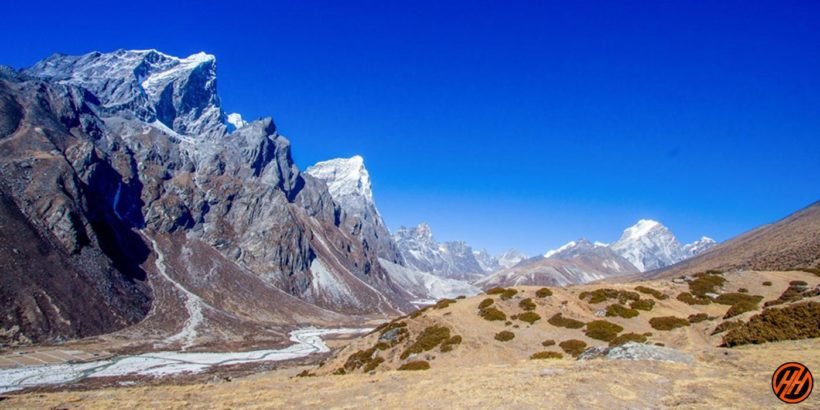
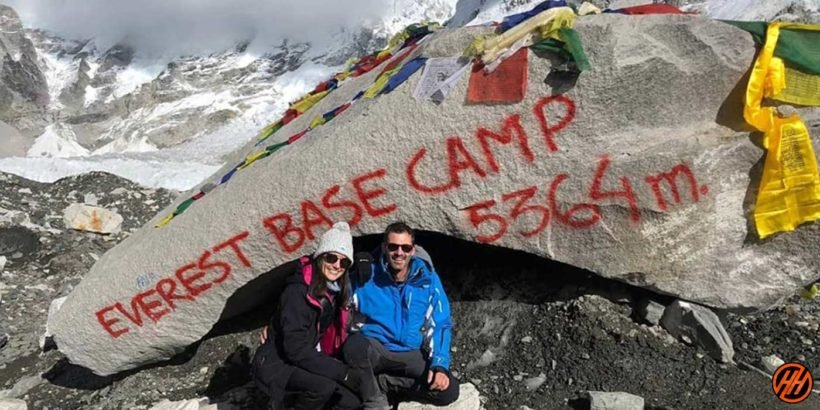
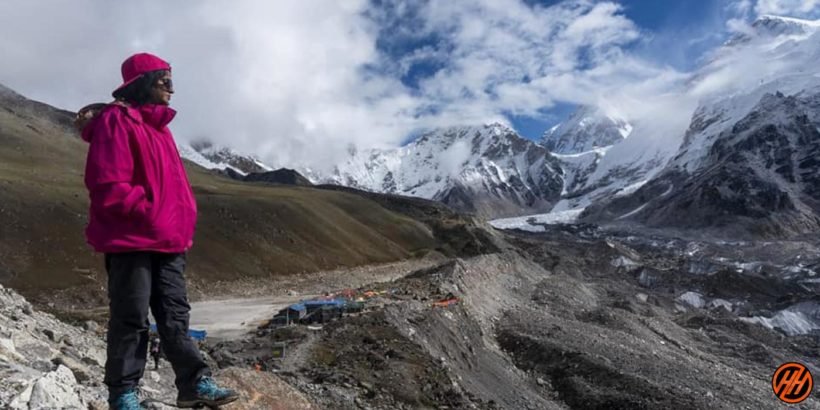
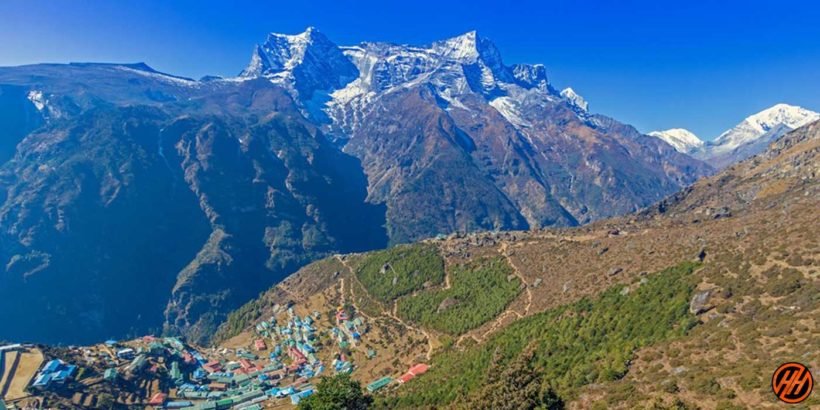
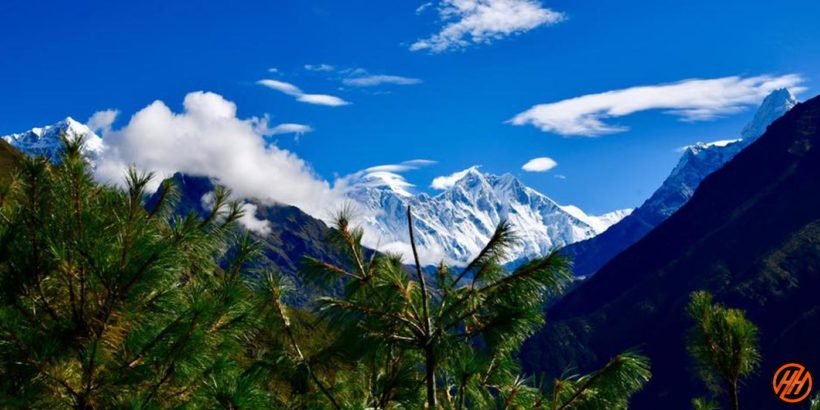
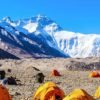
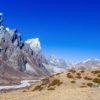
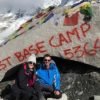
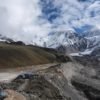
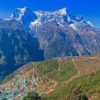
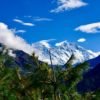
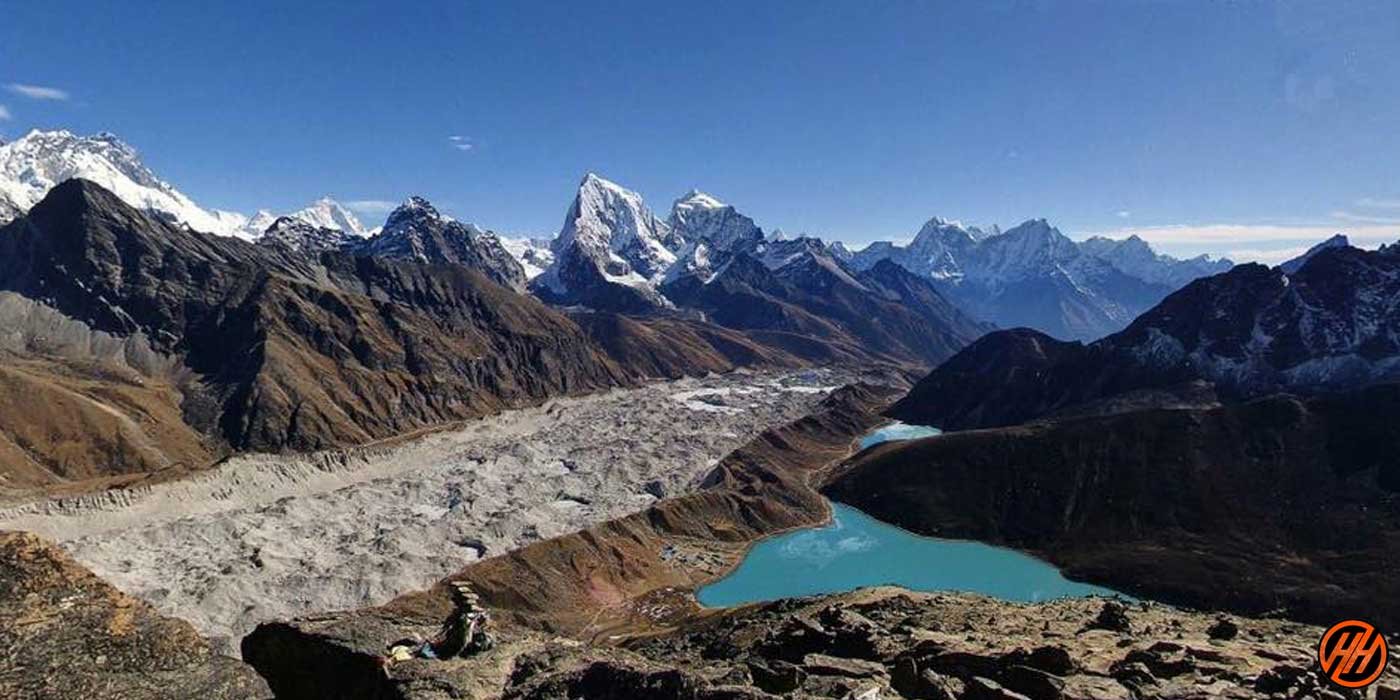
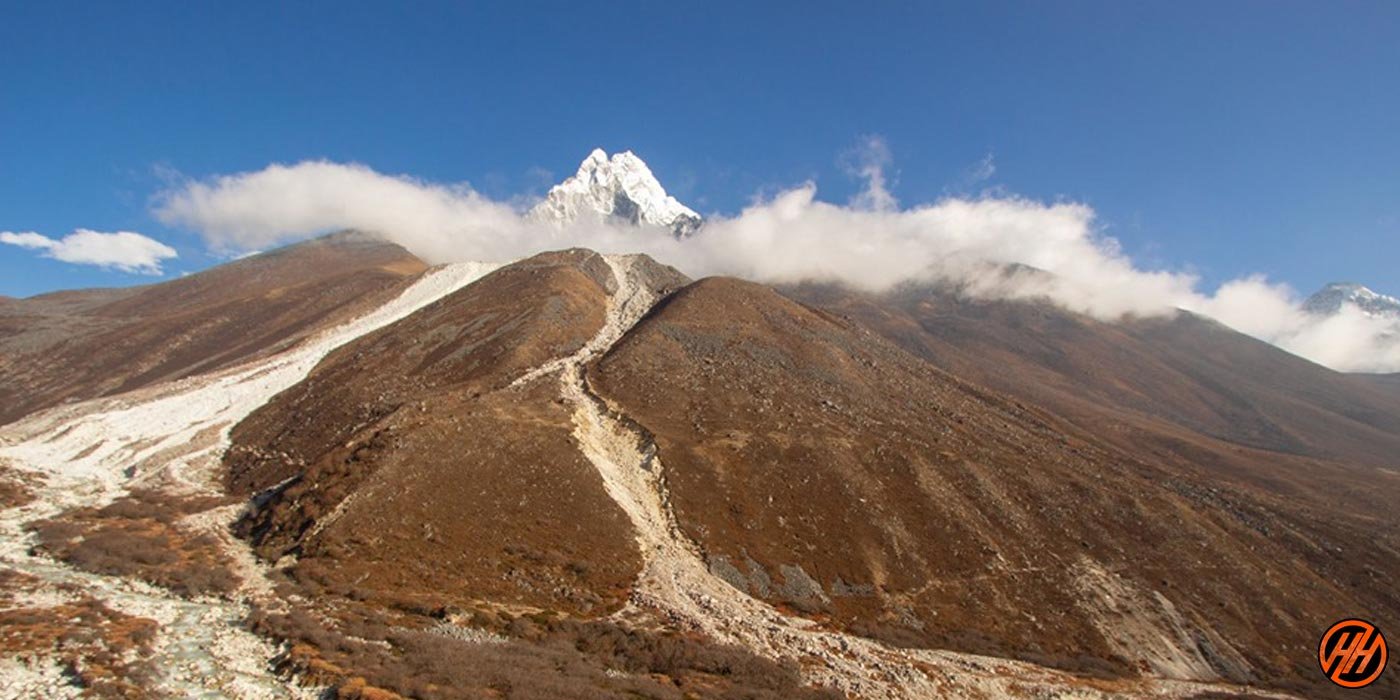
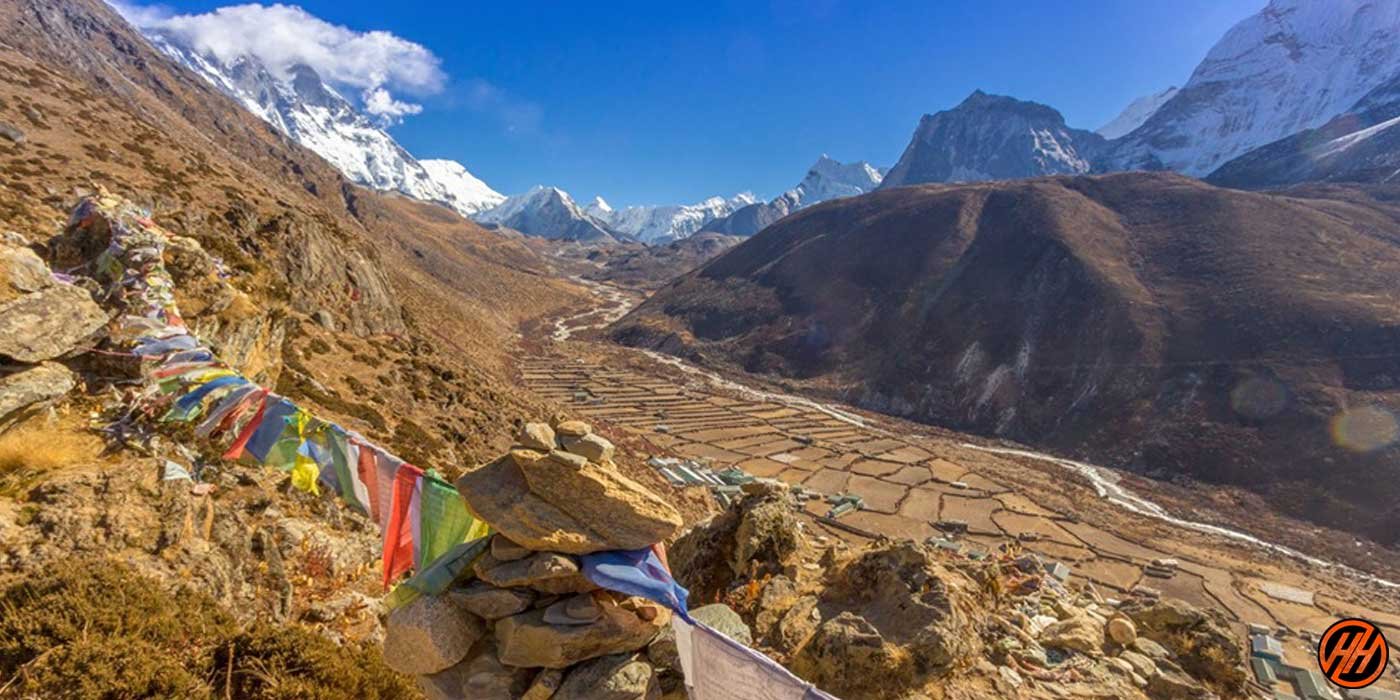
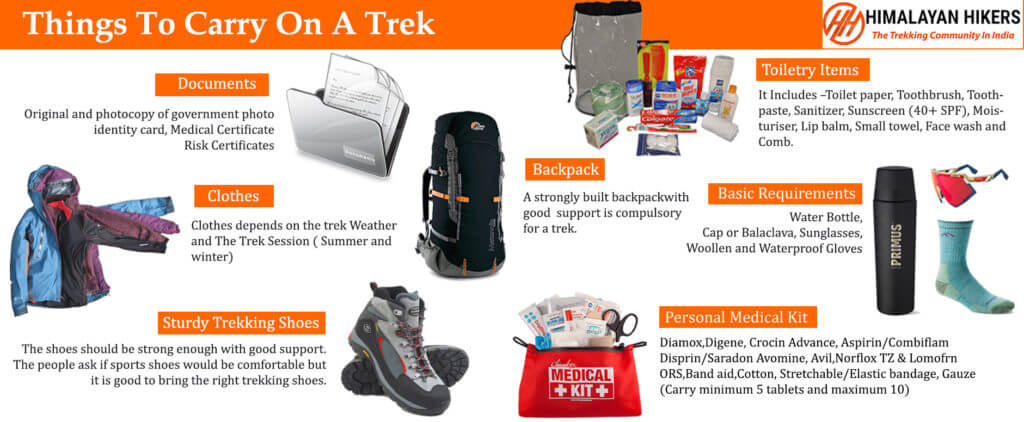


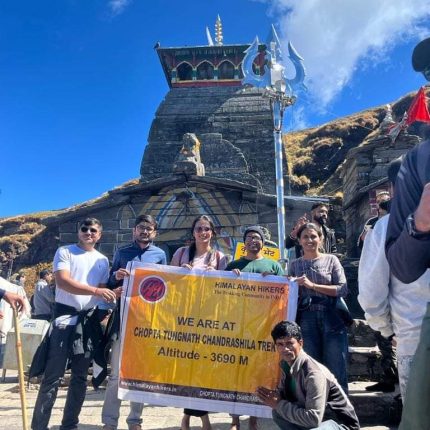
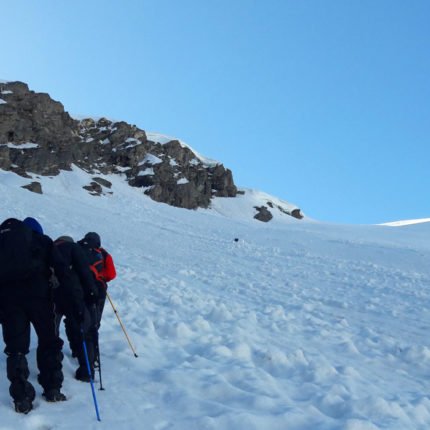
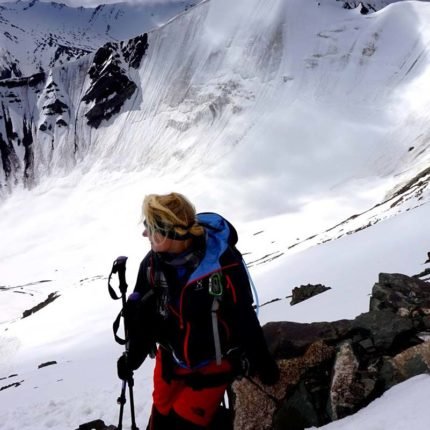
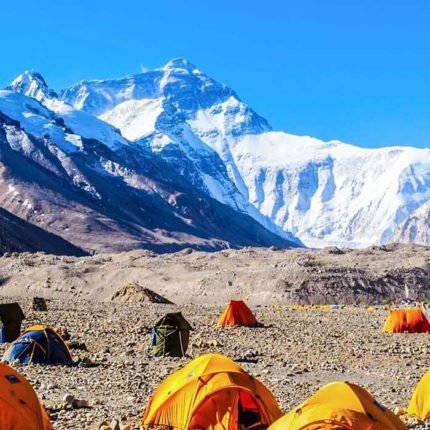
MarkGab –
Best trekking team in the world, all very professional mountaineering team – services and work very well